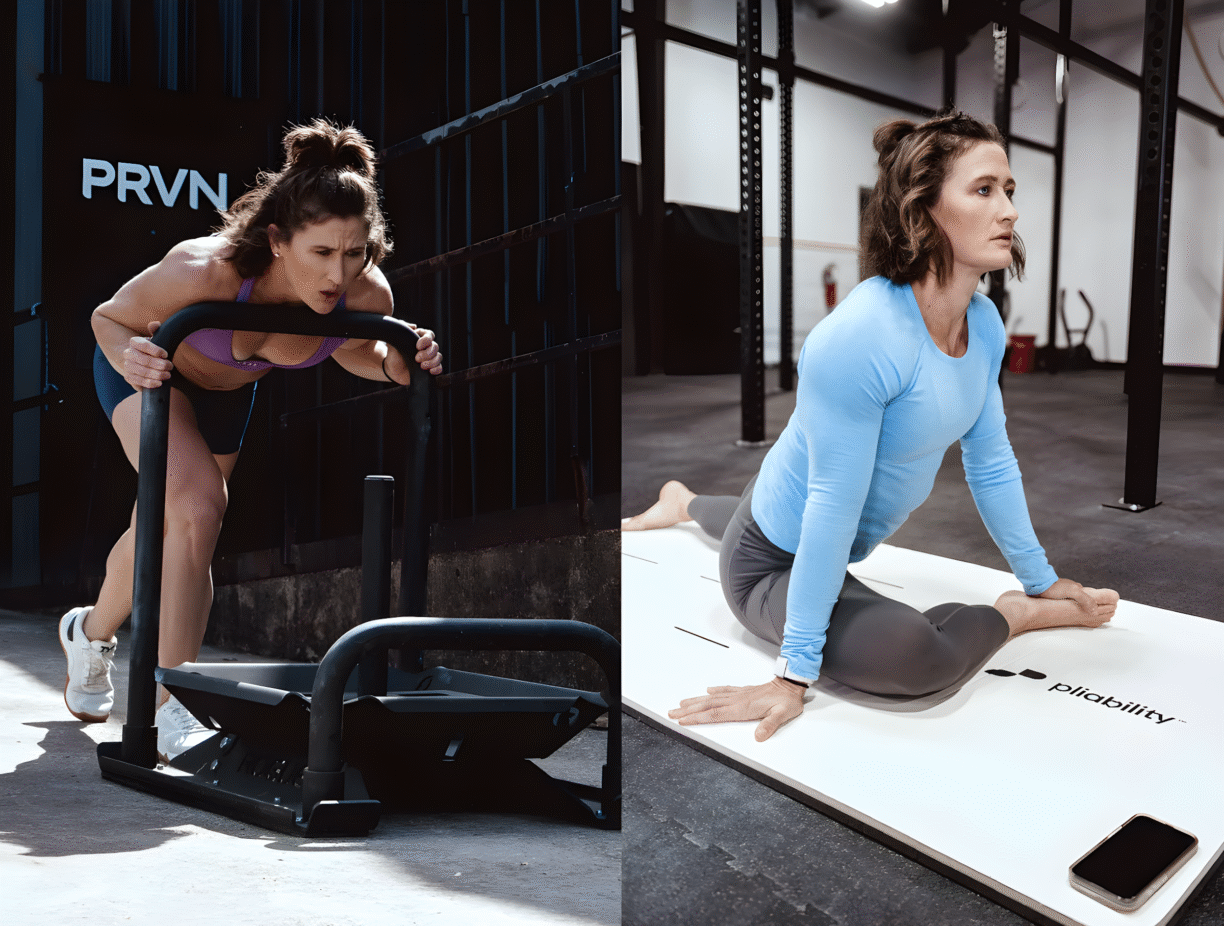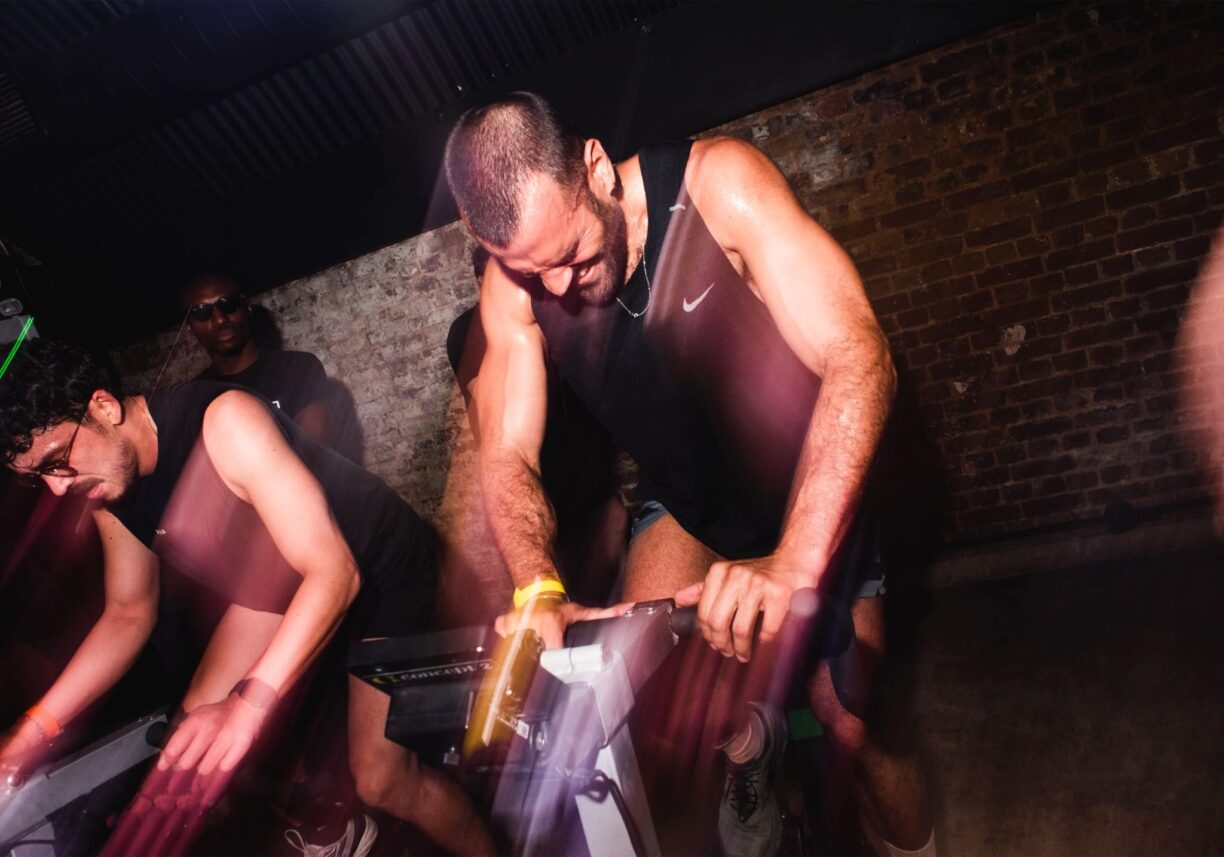It’s no secret that skiing and snowboarding slightly fall on the dangerous side of the spectrum in sports. Nevertheless, the joy and thrill of hitting the slopes is overpowering.
If you’re a beginner, congratulations! You’ve just opened pandora’s box of endless fun on the mountain and you’ll most likely get addicted. But, admit it, you’re probably a little bit worried about getting injured.
Together, with some help from snowsports travel company, Basecamp, we have some top tips on how to stay safe on the mountain so that you can enjoy your favourite sport for seasons and seasons on end.
- Stay in good shape while out-of-season
Being in good physical shape will help you tackle the slopes with ease. Both skiing and snowboarding involve the use of a range of muscle groups, and if you exercise them before your snowsports holiday, your body will thank you.
While snowboarding relies primarily on your core muscles because you’re locked in your board, skiing activates the lower part of your body, including quads, hamstrings, and the muscles of your ankles and calves.
There is a range of exercises you can do that train those particular muscle groups, depending on the sport of your choice, such as a side shuffle, alternate lunges, Romanian deadlifts, and lots of stretching. They will not only get you in shape but also prevent you from injuring yourself.
- Wear a helmet (you can look just as cool)
We can’t stress enough how important wearing a helmet is when on the mountain.
Don’t be fooled by the experienced skiers and snowboarders on the mountain, who are only wearing a beanie. You can look just as cool and fashionable with a helmet, while also staying safe.
The average speed a recreational skier goes downhill is 10-20 mph, while a recreational snowboarder can reach speeds between 20 and 30 mph.
In both cases, the speed varies depending on the steepness of the slopes, the snow conditions, and the experience of the skier or the snowboarder.
If you fall while moving at such a speed, especially in icy conditions, you have a recipe for disaster. However, a helmet can help prevent a head injury and even save your life!
- Be prepared for all weathers: invest in a good pair of goggles
The winter weather on the slopes is quite unpredictable. Within the duration of your holiday, you might go through fog, sun, snow, rain, and clouds. It could even change within the day!
To ensure that you’re well-prepared for all types of weather, invest in a good pair of goggles that will protect your eyes. Look for goggles that give you as much peripheral vision as possible, so that you can be aware of other people on the mountain.
In terms of the lenses, going for adaptable ones or ones that you can change depending on the conditions is the best option. Lightly tinted lenses are ideal for overcast conditions, dark lenses best suit bright sunny days, and very dark lenses are preferred for very bright light and high-altitude glaciers.
Also, make sure your goggles fit you well and are compatible with your helmet.
- Take it easy: stick to the beginner’s slope on your first day
Although you might be tempted to tackle the advanced slopes on your first day on the mountain, it’s best to take it one step at a time.
Start with the practice slope to get a feel for your equipment and the terrain. This will be a completely new type of movement that your body is not used to, so you need some time to adjust before you hit the big slopes.
After you practise for a while, you can move on to the blue or green slopes, which are intended for beginners, and towards day three or four, you will be ready to ride with the more experienced skiers on the red slope.
- Hire a ski instructor, even just for a re-fresh?
Skiing and snowboarding allow for a lot of progress and the tricks you can do on the slopes are incredible. However, until you reach that level, you need to take baby steps.
Both sports involve a specific technique that you need to master first in order to prevent injuries. Someone who’s completed a ski or snowboard instructor course will be well-equipped to not only show you the technique and will train you properly but also give you expert safety tips
There are things only experienced skiers or instructors can show you, such as how to fall to prevent injuries, how to get up, and how to control your speed and direction with your body.
Skiing and snowboarding are some of the most fun winter sports you can practise on the mountain. Breathtaking views, great apres-ski scene, and the satisfaction of learning something new are included in the package.
As long as you know how to stay safe on the slopes with these expert tips, you are sure to have a blast!





